Do you serve an audience that’s passionate about environmental conservation and sustainable business practices?
Have you been working on transforming your organization into an eco-friendly brand to play your role in making the earth a better place?
If so, it’s time to get serious about green branding.
Green brands work to protect the environment by opting for sustainable sourcing, manufacturing, packaging, and shipping processes.
Beyond product production, going green can also mean swapping from in-person to hybrid work, opting for cloud-based software instead of on-premise, and standing up for green initiatives.
If you’re ready to craft an eco-friendly PR strategy to show your audience how much your brand values conservation, stick around for some guidelines you can start implementing right away.
Understand what makes your company “green”
Here’s the deal, you never want to give the impression that your brand is sustainable if it’s not. Green-conscious consumers are diligent about conducting research before shopping with a brand that claims to be eco-friendly — especially Gen Zers.
To ensure you’re as transparent as possible in your branding, start by running a green audit to see how your company is operating in an sustainable manner and where it can improve.
For instance, you might discover that your external processes are nearly pristine, but your internal processes have loads of potential to become green.
To stay organized and conduct a thorough analysis, create a checklist.
When you’ve completed your review, turn it into a report for your team to analyze and discuss. More on this in a bit.
Here’s a condensed version of a green audit checklist with real sustainability examples to help you get started:
☑️ 1. Are we manufacturing our products responsibly?
Trace your entire manufacturing workflow.
Are you missing the mark on sustainability? What are you doing well and what needs to change? Do you need to revamp your entire manufacturing process or do you just need to revise a few processes?
Get inspired by Clean Origin, a jewelry brand that opted to use lab-grown diamonds to produce its jewelry. In fact, the founders of Clean Origin vowed not to touch any mined diamonds or gemstones in their manufacturing processes as part of their company mission.
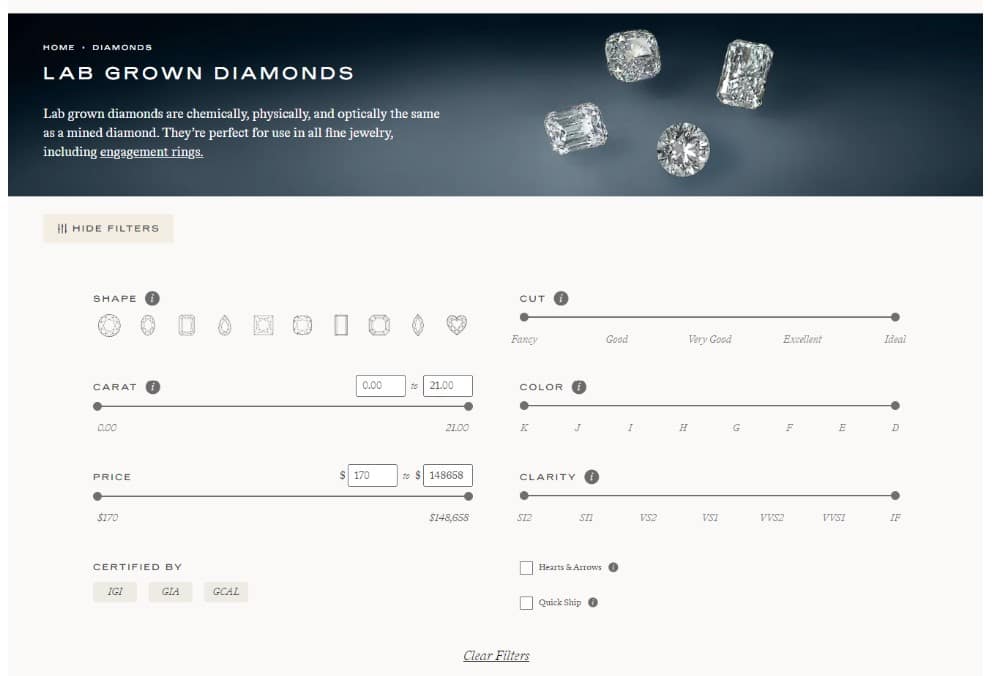
Instead, the company states it’s “guided by environmental principles, using techniques such as chemical vapor deposition (CVD) and high-pressure high temperature (HPHT) in producing lab-grown diamonds, as well as using recycled metals whenever possible.”
By using lab-grown diamonds, Clean Origin can position its manufacturing process as environmentally conscious.
☑️ 2. Are we using responsibly-sourced, sustainable materials for our product packaging?
What makes up your product packaging? What materials do you use? Where do you get them? What’s your method for packing your products and how do you ship them out?
Get inspired by Don’s Flowers, a florist in Lubbock, Texas. From using organic fertilizers to sourcing locally grown, in-season flowers, local flower delivery shops are riding the wave toward a more sustainable future.
For instance, Don’s Flowers does a great job at utilizing eco-friendly materials to showcase its products. Rather than using plastic vases or cellophane, Don’s displays and packs its flowers in more sustainable materials, such as glass, wood, ceramic, or recycled paper.
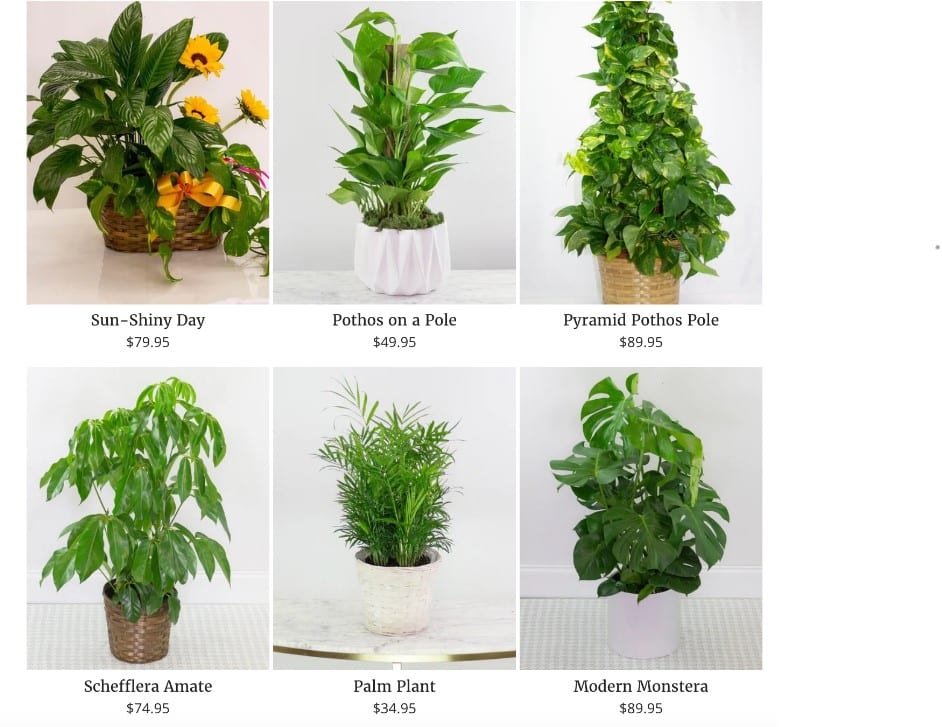
By opting for cleaner materials, Don’s Flowers can position its packaging as sustainable.
☑️ 3. Are we using eco-friendly promotional materials and methods?
While print media has a time in place, it’s important to examine your promotional materials and methods to make sure you’re not missing the sustainability mark.
For instance, if you print branded merch, physical brochures, and business cards, are you using eco-friendly materials and processes? If not, how can you go greener?
For instance, can you opt for digital poster templates, brochure templates, and business cards instead? Can you print on recyclable materials and use digital printers to avoid the volatile organic compounds (VOCs) and heavy metals in printer ink?
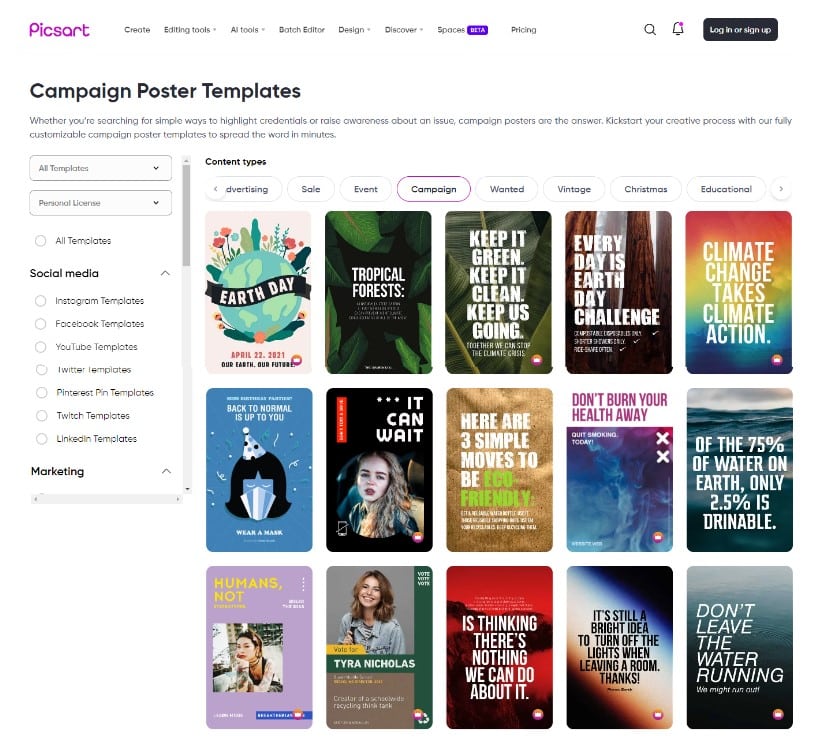
By using eco-friendly materials and printing methods for your promotional materials, you can showcase your commitment to implementing sustainability as part of your marketing process.
☑️ 4. Are we using eco-friendly internal processes?
Where are your internal processes missing the mark? Are you still conducting business in a large office space when you could easily switch to a smaller, hybrid setup?
Are you using outdated servers and local data centers to run your technology? What’s working well and how can you replicate it in other internal areas?
For instance, switching from on-premise hardware to hybrid work app can be a powerful way to demonstrate your commitment to sustainability when developing an eco-friendly PR strategy.

With this cloud-based alternative, you can emphasize that you use hybrid software because it’s a greener and cleaner way to operate your server and IT systems and it reduces the need for a full office space.
Your green internal processes won’t just appeal to environmentally conscious customers, but they can also help you attract employees that value working for sustainable companies.
☑️ 5. Are we doing our part to raise awareness about the importance of sustainability?
Does our audience know that we care about the environment? How are we currently showing them?
Do we do a good job highlighting the environmental impact of consumer purchasing decisions? Have we conducted any initiatives to raise awareness about sustainability?
Get inspired by Dentfix, Turkey dental office, which often recommends using chewable toothpaste tablets as an eco-friendly alternative to traditional toothpaste to its audience.
In fact, Dentfix refers to tablet toothpaste options as “eco-friendly saviors” and has dedicated blog posts on the subject.
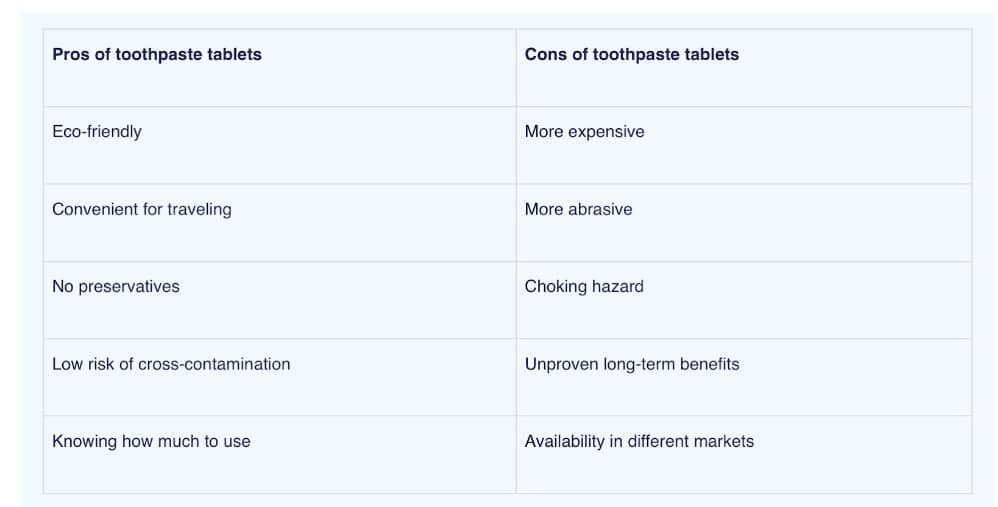
By teaching its patients how to take care of their oral health with eco-friendly alternatives, and providing cleaner dental procedures, brands like Dentfix can position themselves as businesses that care about promoting sustainable practices.
If your company isn’t as green as it could be, create a plan to help you get there
Review the report you created to see where you’re green and where your business needs to improve. Then create a plan to correct sustainability flaws and let your audience know.
For instance, you might decide to:
- Switch to local suppliers and shipping services
- Use sustainable packaging materials
- Use solar energy to power your physical locations
- Manufacture your products in-house to ensure a cleaner process
Once you’ve made the announcement, commit! Don’t promise something you can’t or won’t follow through on. In the next section, we’ll touch on how to do this using a green mission statement and report.
Create a green mission statement and report that highlights your company’s passion for sustainability
You need a unified message to share across communication outlets so your audience can grasp that you’re a green company — or working to become one — as soon as possible.
A simple way to do so is to create a green mission statement highlighting your company’s passion for sustainability and a green report showcasing where you’re green and your plans for improving over the next few years.
Include your new company mission statement on your website and landing pages, as well as in your marketing materials, sales playbooks, and customer service scripts.
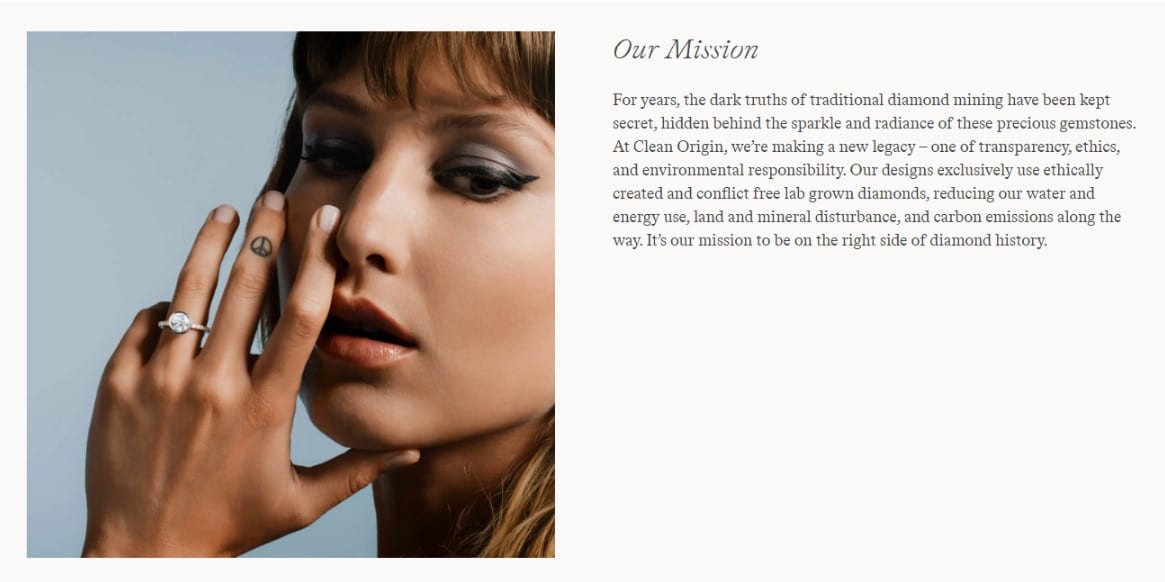
Publish your green report on your website, share it with newsletter subscribers, send it to media and PR outlets, and create a marketing and advertising campaign to spread the word.
Given that internet usage has surged by 1,355% in the past 22 years, it is absolutely crucial to harness the power of digital platforms and social media channels to amplify your eco-friendly PR strategy and connect with a broader audience.
Here’s an excellent example of a green report by Google:
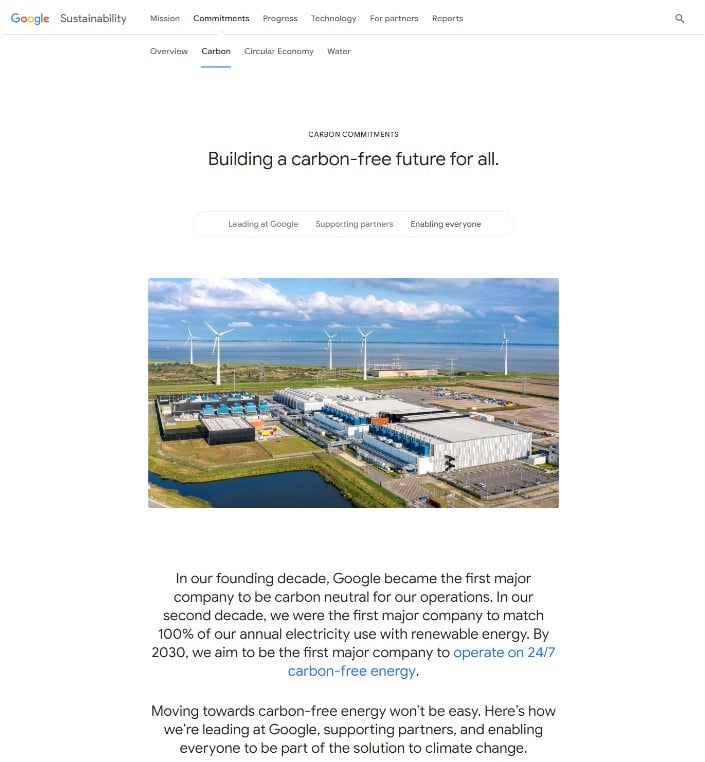
Here’s a link in case you’d like to read the full report.
Integrate color, copy, and design elements into your branding and marketing campaigns that highlight environmentalism
Immediately strike an environmental mood by using color, copy, and design elements that represent sustainability.
Here are some ideas:
- Switch to an earthy or neutral color palette
- Use natural green shades to compliment your palette
- Use eco-friendly symbols when appropriate, like the recycling symbol ♻️
- Include your mission statement on your product packaging
- Create a banner at the top of your website that highlights your green initiatives
- Use natural packing materials, i.e., recycled paper, natural raffia, and wood
- Use sustainability terms, such as “alternative energy” and “climate change” when describing your products, services, and green initiatives
Don’t forget to plan eco-friendly-focused content marketing campaigns, too.
For instance:
- Write a blog series on how your company became green, step-by-step
- Showcase real customer stories in your ad campaigns that focus on the customer’s love for sustainability and how your brand hits the mark
- Work with eco-friendly influencers to start user-generated content campaigns (think contests and giveaways with branded hashtags)
- Create an email marketing campaign series that focuses on your next steps to becoming a more eco-friendly company
- Frequently highlight your passion and steps toward sustainability in your social media campaigns
- Shoot videos, Reels, and professional images that show off your brand’s sustainability initiatives, i.e., your production process and how you source materials
Wrap up
When it comes to PR, brands can’t afford to let their reputations slide.
If your business is ready to become greener and prove it to the world, meet with your marketing and PR team to craft a custom eco-friendly PR strategy as soon as possible. Don’t forget to save this article for reference when you’re ready to get started.
That’s it for now.
To your success!
PS: Want to learn more about PR strategies? Check out our resources page, which offers free e-books and on-demand webinars by industry-leading, award-winning PR professionals.
To learn more about any of our services, book a free demo, today.




